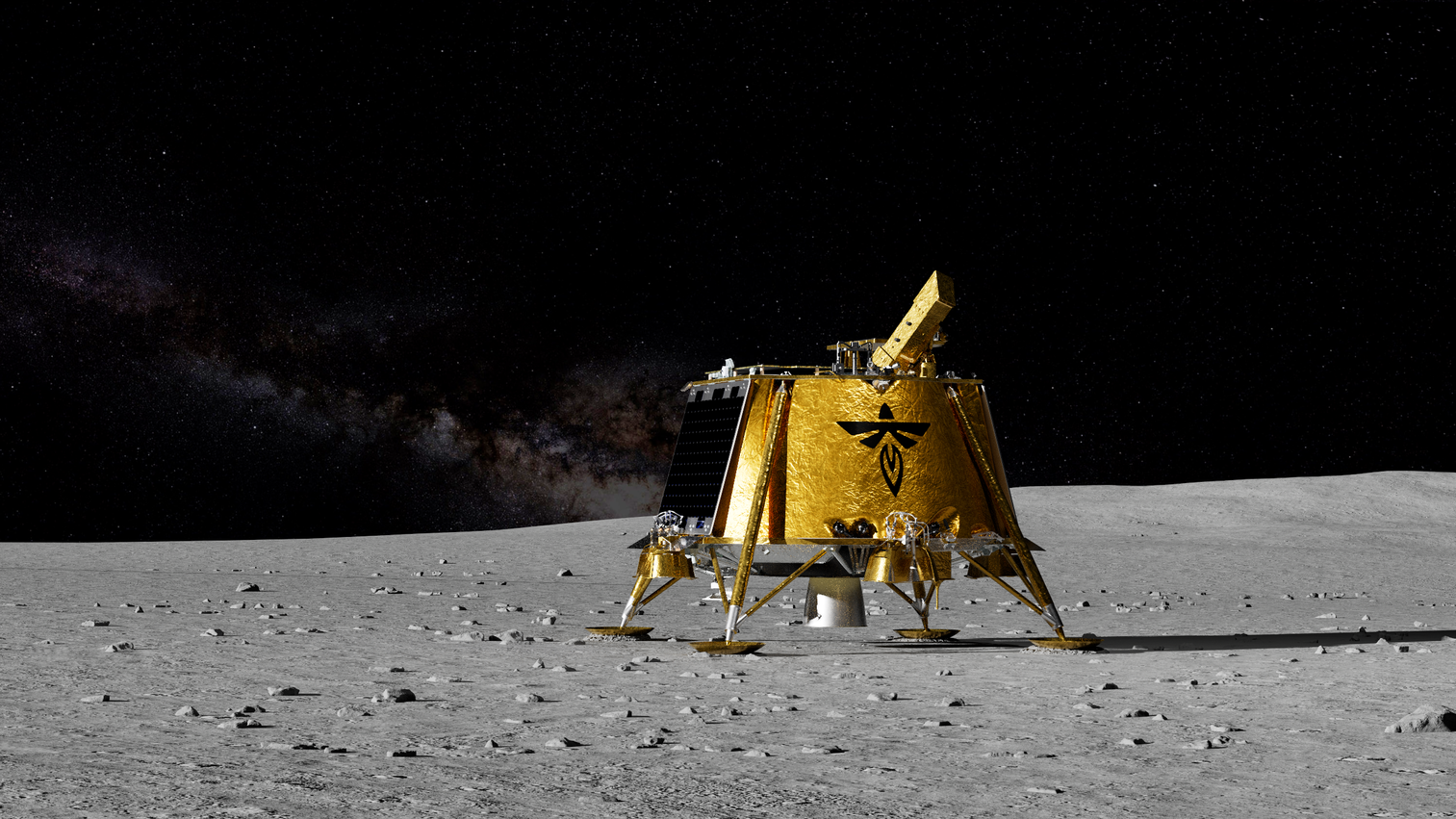A new robot is set to capture the first global images of Earth’s magnetic field “breathing” in and out from the surface of the moon, NASA has announced.
The Lunar Environment Heliospheric X-ray Imager (LEXI) — an instrument that can detect X-rays bouncing off Earth’s magnetosphere — is part of the payload set to launch into space aboard Firefly Aerospace’s Blue Ghost Lander on Jan. 15.
Upon landing on the moon’s surface, the instrument will power on before directing its gaze back to Earth for six days, collecting images of our planet’s magnetic field by detecting low-energy X-rays reflecting from its surface.
“We expect to see the magnetosphere breathing out and breathing in, for the first time,” Hyunju Connor, an astrophysicist at NASA’s Goddard Space Flight Center in Greenbelt, Maryland and the NASA lead for LEXI, said in a statement. “When the solar wind is very strong, the magnetosphere will shrink and push backward toward Earth, and then expand when the solar wind weakens.”
Related: Ancient solar storm smashed Earth at the wrong part of the sun’s cycle — and scientists are concerned
An ever-changing shield
Earth’s magnetosphere is formed by the churning of metal inside our planet’s molten core, and shields us from harmful cosmic rays as well as the electrically-charged solar wind that launches constantly from the sun. When radiation hits Earth’s magnetosphere, it either gets reflected or trapped along magnetic field lines before raining down on the poles in a process known as magnetic reconnection.

The resulting geomagnetic storms can cause spectacular auroras to appear in our planet’s skies, but they can also fry electronics, wipe data servers and send satellites tumbling from space.
This makes lingering questions about how space particles rain down on Earth (including whether they do so simultaneously or in bursts) all the more important to answer.
“We want to understand how nature behaves,” Connor said, “and by understanding this we can help protect our infrastructure in space.”
While this month’s voyage is the first time LEXI, or any detector, will capture a full picture of Earth’s magnetosphere, it isn’t the instrument’s first trip into space. In 2012, LEXI, then named STORM (Sheath Transport Observer for the Redistribution of Mass), launched into space aboard a sounding rocket to collect X-ray images before falling back to Earth.
Following the refurbishment of some key components and optics, the instrument is now set to fly again.
“We’re trying to get this big picture of Earth’s space environment,” Brian Walsh, a space physicist at Boston University and LEXI’s principal investigator, said in the statement. “A lot of physics can be esoteric or difficult to follow without years of specific training, but this will be science that you can see.”
